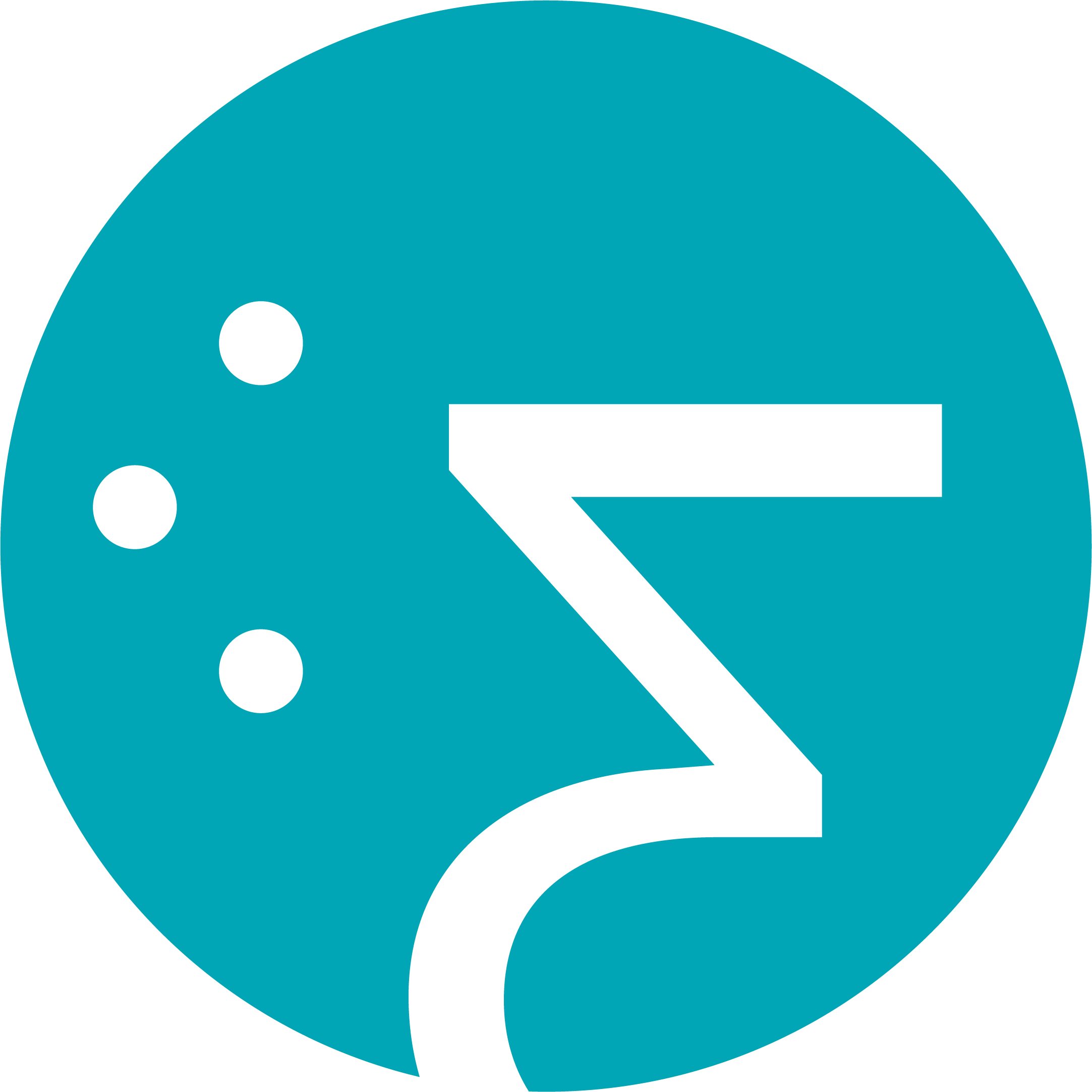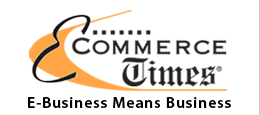The Complexities of Selling SaaS
As the Software-as-a-Service (SaaS) market matures, it is becoming obvious to everyone involved in this market that selling SaaS solutions can be a complicated.
First, not every SaaS solution can be sold in a simple point-and-click fashion. Many enterprise applications need to be specifically configured to meet the needs of specific customers. A point-and-click procurement system may still be useful in these situations, but an additional configurator or on-line sales support capability may be necessary.
(Many SaaS vendors are discovering that building a cost-effective billing and procurement engine is also more complicated than they expected.)
Second, selling to many mid- and large-scale enterprises still requires face-to-face interaction. This is why Salesforce.com is aggressively recruiting experienced enterprise software salespeople, many of whom I had the privilege of presenting to in Las Vegas two weeks ago at their 2008 kickoff meeting.
Yet, selling a subscription service to mid- and large-scale enterprises doesn’t necessarily produce the same big-ticket contracts and commission checks. Therefore, even a direct sales effort has to be adjusted to recognize the smaller transaction values of SaaS agreements.
That is why most SaaS vendors are building web-oriented, telesales teams that are designed for high volume, but lower value sales environments. These teams are dedicated to penetrating and growing accounts quickly rather than cultivating new customers over an extended period of time.
The good news is that a recent SoftLetter benchmark study found that SaaS salescycles are typically a third to a half the duration of traditional enterprise applications.
But, this requires a different breed of salesperson, different selling process and different compensation policies.
Generating more rapid sales also entails packaging, pricing and promoting the SaaS solution differently. In addition to offering free trials, creating more modular packaging and pricing options are essential to encourage customers to adopt SaaS solutions with minimum risk.
It is also important to recognize that the most successful SaaS vendors designed their solutions to appeal to the end-user rather than the IT decision-maker. They’ve also built their go-to-market sales strategies to target the end-user.
However, many of these end-user/business decision-makers have never heard of SaaS and aren’t looking for a software solution to meet their needs. Instead, they are looking for a business service. So, SaaS vendors must sell the business benefits of their solutions rather than the technical features.
This point was brought home by someone I met at SoftLetter’s SaaS Sales and Marketing seminar in Atlanta earlier this month. Here’s part of the email he sent me last week,
We recently attended the NADA (National Automotive Dealers Association) Show in San Francisco attended by over 120,000 Dealers and Industry Professionals. Every OEM was there in full regalia with cars, trucks, concept vehicles, hydrogen powered cars…you name it, it was there.
In addition to breaking through all of that clutter, we had to compete with other software solutions at the show, like www.DealerTrack.com who hired NFL Hall of Fame Jerry Rice to pose for pictures with Dealers and www.Dealer.com who “engaged” PlayboyBunny Miss January 2008 for autographed pictures of a more revealing nature.
Yet, here we were in our tiny 10′ x 10′ trade show signing up dealers left and right by offering the simple benefits of SaaS. Free Trial. Low Entry Price. Pay As You Go. Not to mention, no hardware or software. Other vendors around us looked on with envy including Microsoft with their Dealer Management System that’s been under development for 3 years and won’t debut until 2010 with only 40 Dealers.
So here’s the interesting part. When we were pitching these sophisticated multi-millionaire Car Dealers, we had to teach them about SaaS like they were kindergarten kids. They had never heard of “Software as a Service”, let along the acronym of SaaS. In fact, they were still trapped into thinking that they had to own their entire IT infrastructure.
It just shows how much work needs to be done to inform business owners about the SaaS world. After all, these are the kinds of folks that are going to provide the fuel (i.e., $$$) to grow the SaaS ecosystem. So we’ve got to start getting the word out beyond the IT and VC communities.
As Charles Barkley says, “I could be wrong, but I doubt it.”



